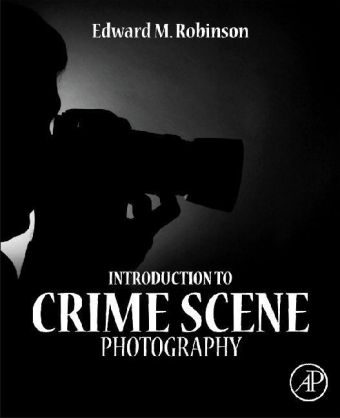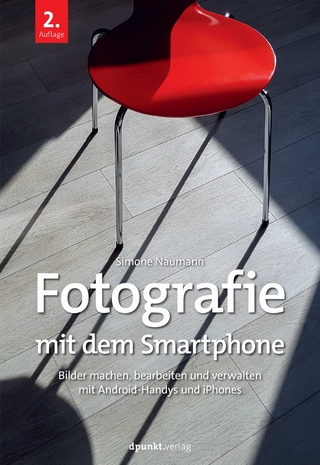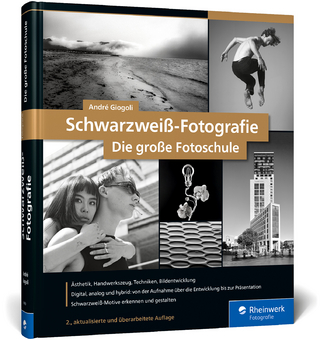
Introduction to Crime Scene Photography
Seiten
2012
Academic Press Inc (Verlag)
978-0-12-386543-4 (ISBN)
Academic Press Inc (Verlag)
978-0-12-386543-4 (ISBN)
Serves as a detailed nuts-and-bolts version of its big brother, currently required reading for certification by the IAI Crime Scene Certification Board. This book initiates the novice to the essentials of basic crime scene photography techniques. It provides a smooth transition to the complicated and advanced techniques found in the larger text.
Introduction to Crime Scene Photography acquaints the reader with the essentials of basic crime scene photography techniques. It looks at the concepts related to composition and relates them to the types of photographs captured by crime scene photographers. It explains how to capture images based on the exposure settings chosen to produce the effect desired. It considers the techniques used needed to control and maximize Depth of Field (DOF), and reviews how the different lenses will affect an image.
Organized into seven chapters, the book begins with an overview of crime scene photography and composition, including the three cardinal rules of good photography. It then proceeds with a discussion of the benefits of bounce flash and how to utilize this technique to properly compose the subject of interest. It also explains how to capture any image necessary at the crime scene by combining the concepts of composition, nonflash exposure, DOF, flash exposure, and the use of various types of lenses. In addition, the reader is introduced to various energy sources and filters, digital processing of evidentiary photography, and legal issues related to photographs and digital images. Examples and illustrations are provided throughout to demonstrate how the concepts examined tend to form a sort of symbiotic relationship.
This text will benefit scene investigators and photographers, forensic consultants, forensic scientists, undergraduate students in forensic and/or criminal justice programs, law enforcement professionals, and anyone who wants to acquire the skills needed to be a successful crime scene photographer.
Introduction to Crime Scene Photography acquaints the reader with the essentials of basic crime scene photography techniques. It looks at the concepts related to composition and relates them to the types of photographs captured by crime scene photographers. It explains how to capture images based on the exposure settings chosen to produce the effect desired. It considers the techniques used needed to control and maximize Depth of Field (DOF), and reviews how the different lenses will affect an image.
Organized into seven chapters, the book begins with an overview of crime scene photography and composition, including the three cardinal rules of good photography. It then proceeds with a discussion of the benefits of bounce flash and how to utilize this technique to properly compose the subject of interest. It also explains how to capture any image necessary at the crime scene by combining the concepts of composition, nonflash exposure, DOF, flash exposure, and the use of various types of lenses. In addition, the reader is introduced to various energy sources and filters, digital processing of evidentiary photography, and legal issues related to photographs and digital images. Examples and illustrations are provided throughout to demonstrate how the concepts examined tend to form a sort of symbiotic relationship.
This text will benefit scene investigators and photographers, forensic consultants, forensic scientists, undergraduate students in forensic and/or criminal justice programs, law enforcement professionals, and anyone who wants to acquire the skills needed to be a successful crime scene photographer.
Edward M. Robinson began his career in law enforcement in 1971, with the Arlington County (Virginia) Police Department (ACPD). After 25 years with the ACPD, Mr. Robinson created the Crime Scene Investigation concentration at The George Washington University for their Master of Forensic Science degree program, and continues there today.
1. An Overview of Crime Scene Photography and Composition
2. Exposure
3. Focus, Depth of Field and Lenses
4. Electronic Flash
5. Energy Filters and Sensors: Ultraviolet/Visible/Near InfraredGerald B. Richards
6. Digital Processing of Evidentiary PhotographyDavid “Ski Witzke
7. Legal Issues Related to Photographs and Digital Images
| Verlagsort | San Diego |
|---|---|
| Sprache | englisch |
| Maße | 191 x 235 mm |
| Gewicht | 1340 g |
| Themenwelt | Kunst / Musik / Theater ► Fotokunst |
| Sachbuch/Ratgeber ► Freizeit / Hobby ► Fotografieren / Filmen | |
| Recht / Steuern ► EU / Internationales Recht | |
| Recht / Steuern ► Strafrecht ► Kriminologie | |
| ISBN-10 | 0-12-386543-3 / 0123865433 |
| ISBN-13 | 978-0-12-386543-4 / 9780123865434 |
| Zustand | Neuware |
| Haben Sie eine Frage zum Produkt? |
Mehr entdecken
aus dem Bereich
aus dem Bereich
Bilder machen, bearbeiten und verwalten mit Android-Handys und …
Buch | Softcover (2023)
dpunkt (Verlag)
24,90 €
der Leitfaden von den ersten Milchstraßen-Bildern zur …
Buch | Softcover (2023)
dpunkt (Verlag)
29,90 €


